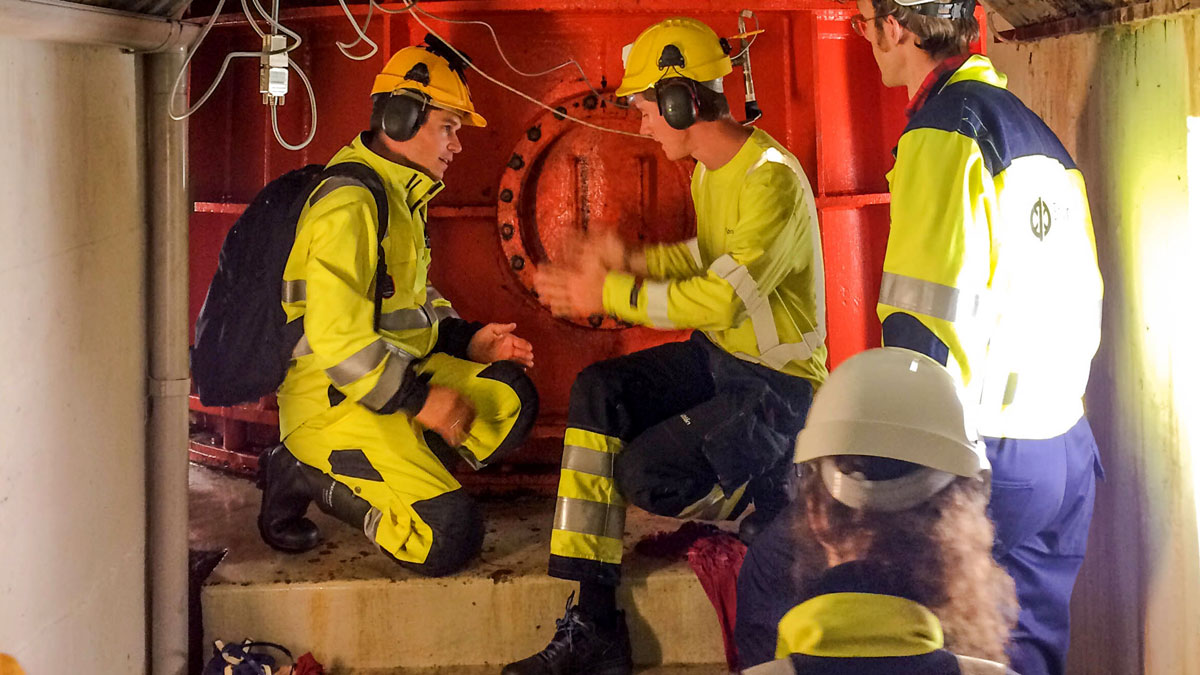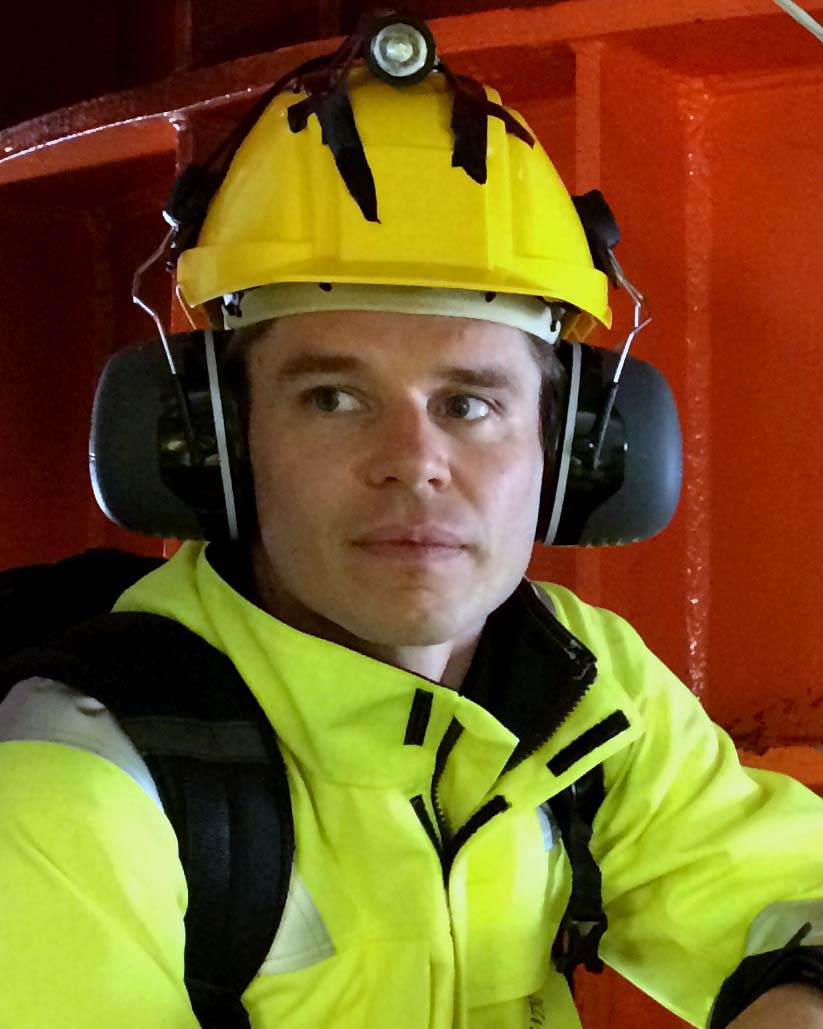Test methods and design of transition zones
Test methods and design of transition zones
Test methods and design of transition zones
Test methods and design of transition zones

A key requirement for any unlined pressure tunnel or shaft is to ensure that there is sufficiently high rock stress to withstand the internal water pressure. Defining the location where the water enters the steel lined section of the waterway, called the cone or the transition
zone, must be based on an rock stress measurements.
Testing is usually carried out by hydraulic fracturing or jacking tests, performed at defined locations close to the transition zone. There
is good reason to advocate more frequent testing as this can reduce the uncertainty of actual stress situation and will also give early
indications of stress levels.
Objectives: Contribute to an improved design philosophy for planning of pressure tunnels, with focus on stress estimation and rock stress measurements in relation to pressure tunnel layout.
Further work
- Laboratory scale hydraulic fracturing and jacking tests
- Field correlation
- Experience gained from existing projects
Contact
Contact
Henki Ødegaard
About the Project
About the Project
WP 1.1.2
Full project title: Optimization of test methods and design of transition zones in unlined pressure tunnels
Duration: 2017-2021
R&D Partners: NTNU, Sira-Kvina Kraftselskap

